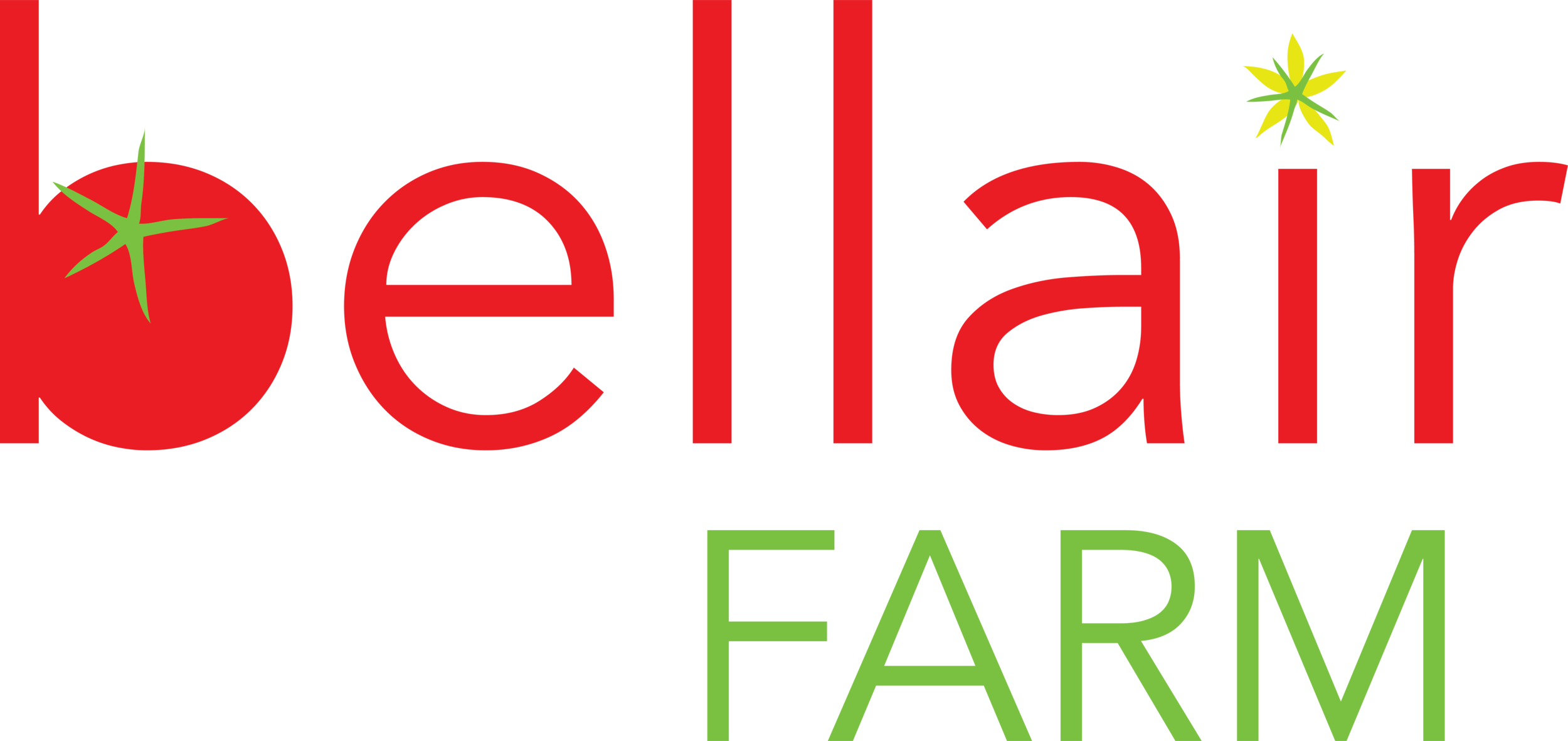Seasonal Eating
At this time of year, I truly treat Bellair like my grocery store. There is a very short list of things that I need (but a slightly longer list of things I want -- mostly potato chips) at the actual grocery store. Now that we feature dairy products like cheese and yogurt, shelf stable items like flour and vinegar, plus all the veg and protein, all I really need from the store is olive oil once in a while.
I've heard a couple folks saying that they are "tired of greens." The thing with seasonal eating is that you’re eating produce when it’s naturally ready for harvest, and it just so happens that early/mid summer is very much the peak of greens harvesting. In just a few short weeks that sweet lettuce will be bitter, and the tender kale will be as tough as leather. The farm season ebbs and flows and we are about to take our slow descent out of greens season as we transition to other vegetables such as peppers and eggplants (and probably by the end of that stretch you might be a little tired of those options to!). We will still have kale, swiss chard and lettuce, yes, but it will be harder to grow the cut salad greens.
Training yourself for seasonal eating is an ongoing practice and we don't have to be experts overnight! A good way to approach it is to think that you are maximizing on whatever bounty the earth is providing for you at that time, and to truly appreciate it while it lasts. Lets take the example of tomatoes. We all love them, and it can be hard to resist walking past a pile of ruby red tomatoes in the grocery aisle on a dreary winter day. But we also all know that biting into a sun ripened tomato just hours after it’s been harvested is like eating a completely different vegetable. Not only is it more nutritional, but your enjoyment of it is significantly higher. If you’re having difficulty getting into a groove, don’t get frustrated! There are some amazing cook books out there which focus on seasonality, and they can provide you with guidance and inspiration for how to make the most of what’s on offer at any time of the year. Some favorites amongst the crew include: “Dishing up the Dirt” by Andrea Bemis, and “Eating for People, Pleasure, and Planet” by Tom Hunt.
Swapping just a few things here and there goes a long way for the environment and for the economy. Purchasing items locally means more money stays local. Plus, all of our products are producer-first, meaning that they are not only made locally, but they are grown and harvested locally as well.

